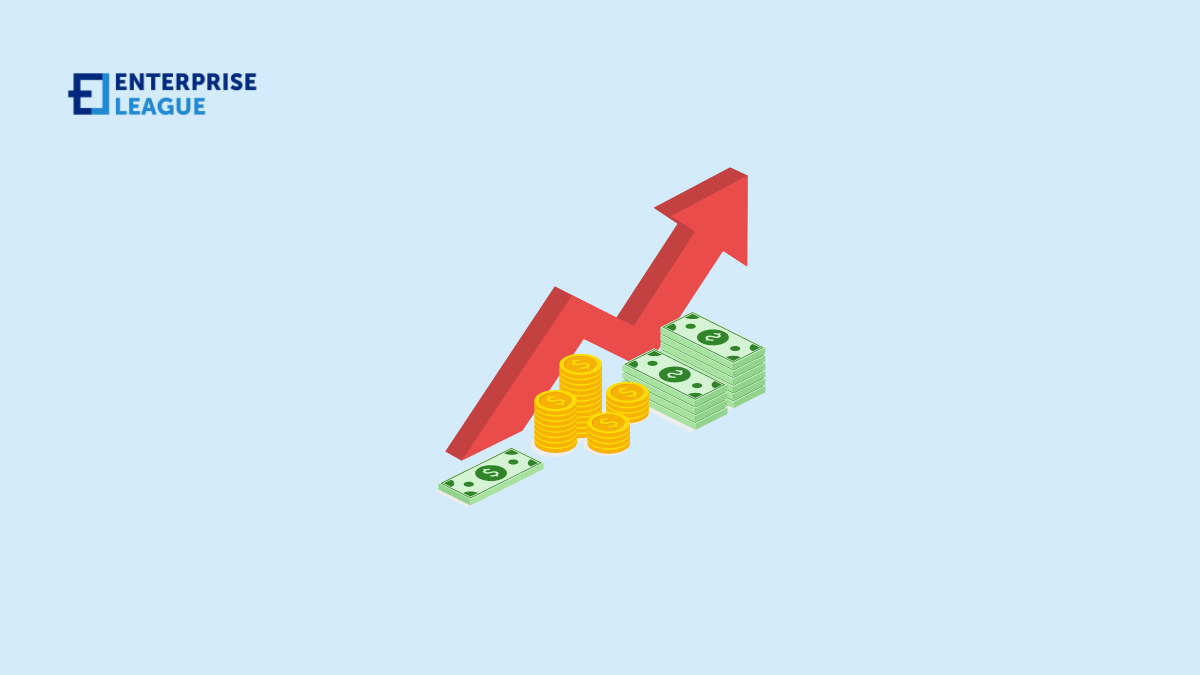Here, we’ll discuss the difference between payday loans vs. cash advances. By understanding the differentiations of these “financial tools,” you will be better prepared to be in a position where you will make better financial choices.
4 Main differences between payday loans vs. cash advances
Payday loans and cash advances are short-term loans you can leverage when in a financial crunch or emergency. They’re fast borrowing options ideal for people with low credit or none because no credit checks are involved. Payday loans and cash advances allow users to borrow against their next paycheck. They’re also expensive. While these loan options might seem similar, they’re distinct. Knowing how they differ can help you settle on the most suitable.
Here are the differences between payday loans vs. cash advances.
Understanding payday loans vs. cash advances
A payday loan is an unsecured loan for a small amount with short-term repayment requirements. Providers may have physical stores where onsite applications are made and authorized. Other lenders provide online payday loan services, including e-transfer payday loans. Upon meeting the eligibility criteria, your payday loan provider releases the funds immediately.
A cash advance involves accessing money from banks or other financial institutions. These funds don’t come from your account. Rather, the lender adds it to your current credit card balance. With a credit card, a cash advance allows you to borrow a specific amount against your card’s limit. Based on your card issuer, you can get your cash advance money through an ATM, a bank, or using a unique check.
Loan terms and fees
Payday loans are often repaid in a lump sum on your next payday or when you get income from other sources, including social security or pension. The loan’s due date ranges between two to four weeks from when you receive the money and is usually included in the loan agreement. Most state regulations set a cap for payday loan fees between $10 and $30 for each $100 borrowed. If you take a two-week loan costing $15 for every $100, your APR will be nearly 400%. Failure to repay your payday loan on the due date may result in your lender extending your loan term at a fee.
Cash advances have separate and usually more interest rates than balance transfers or purchases. A card issuer charges a fee of 3% to 5% of the whole amount of every cash advance you take out. Getting your cash advance money from a bank or ATM costs you a fee. Also, cash advances may have a distinct credit limit that’s part of your blanket credit limit.
Loan amount
Payday loans are usually for small amounts. Most states have a cap for payday loan amounts. While $500 is the standard limit, limits may range below or above this amount. For a cash advance, however, you may get a cash equivalent or cash amounting to 20% to 30% of the credit limit on your card. Other cards may let borrowers take 50% or more of their credit limit.
Eligibility
To meet the requirements for a payday loan, it is necessary to be of legal age (at least 18 years old), possess valid identification, provide evidence of income, and have an active checking account. Your eligibility for a cash advance significantly depends on whether your credit card offers cash advances. This means you can only take a cash advance if the credit card you’re using to request the advance has such an offer.
Conclusion
Although payday loans and cash advances have certain resemblances, it is vital to grasp their differences to choose the option that best fits one’s financial goals. By learning about the contrasting features of payday loans and cash advances, individuals can better evaluate factors such as repayment terms, collateral requirements, interest rates, and regulatory environments.
Making a thoughtful and well-informed choice ensures that borrowers select the option that aligns with their specific circumstances and minimizes potential financial risks.
More must-read stories from Enterprise League:
- Foretelling: transform your business by predicting future trends.
- Find out how to get more customers for your business in a unquie way.
- Unique and profitable drone business ideas you should be aware of.
- Debunking the most common myths of entrepreneurship.
- Aspects that show the importance of cross-cultural communication in the workplace.
Related Articles
What Are the Top-Rated Fuel Cards for Businesses Operating Nationwide
Fuel expenses can eat into operational costs and profits if left unchecked. The bigger the fleet a company has, the more significant the loss. Specialized fuel cards emerge as a viable solution to boosting fuel savings, security, and streamlining expense management....
How do I reserve a space for a trade show in Pennsylvania
Trade shows are excellent business opportunities. Your upcoming event should occur in a space big enough to hold all participating brands while leaving room for visitors. Learning how to reserve a space for a trade show in Pennsylvania will help you find the best...
What Are the Best Event Venues for Corporate Meetings?
Finding the perfect event venue for your corporate meetings requires careful consideration of location, amenities, accessibility and reputation. The best venues provide excellent audio-visual capabilities, flexible meeting spaces, and professional decor options to...
What Are the Top-Rated Fuel Cards for Businesses Operating Nationwide
Fuel expenses can eat into operational costs and profits if left unchecked. The bigger the fleet a company has, the more significant the loss. Specialized fuel cards emerge as a viable solution to boosting fuel savings, security, and streamlining expense management....
How do I reserve a space for a trade show in Pennsylvania
Trade shows are excellent business opportunities. Your upcoming event should occur in a space big enough to hold all participating brands while leaving room for visitors. Learning how to reserve a space for a trade show in Pennsylvania will help you find the best...






